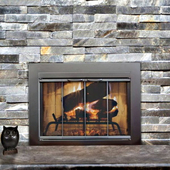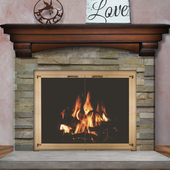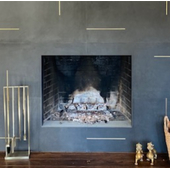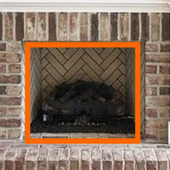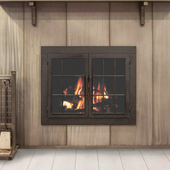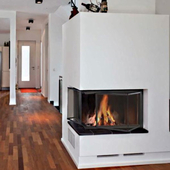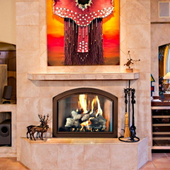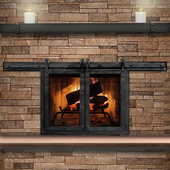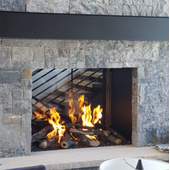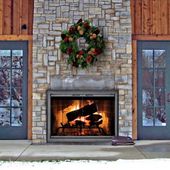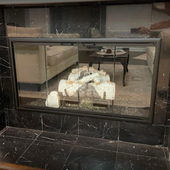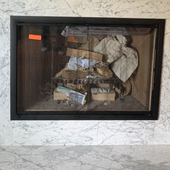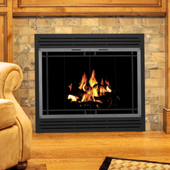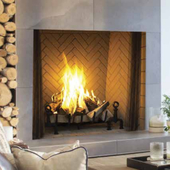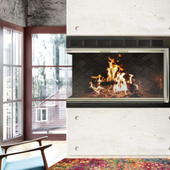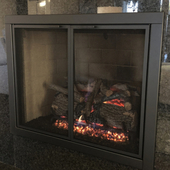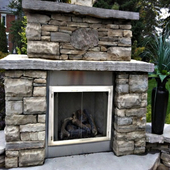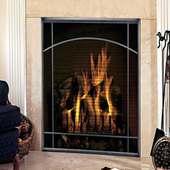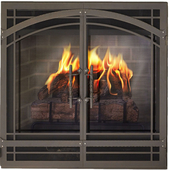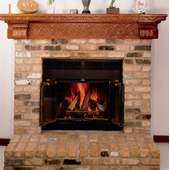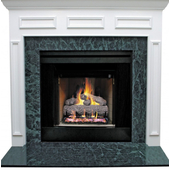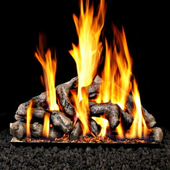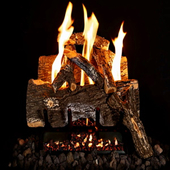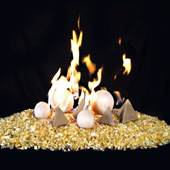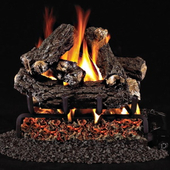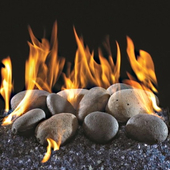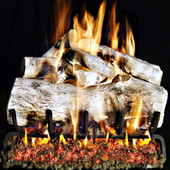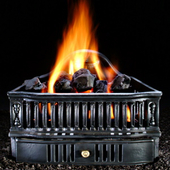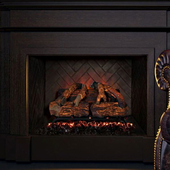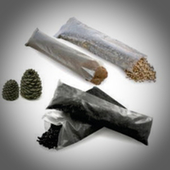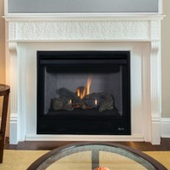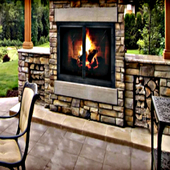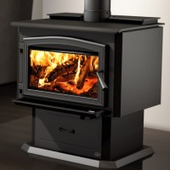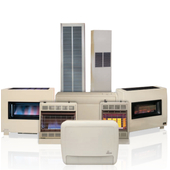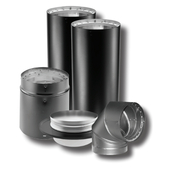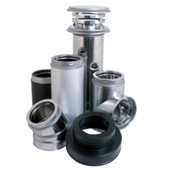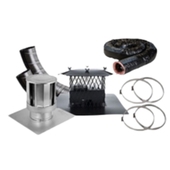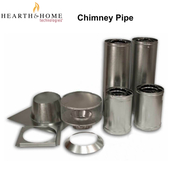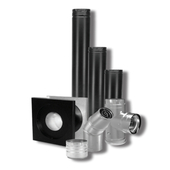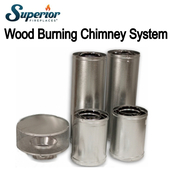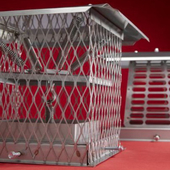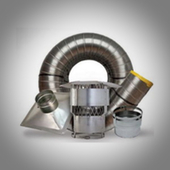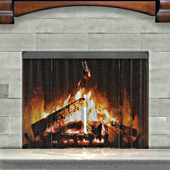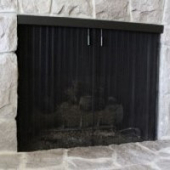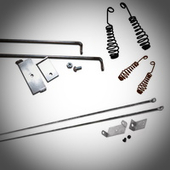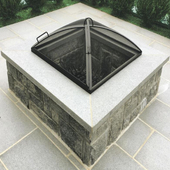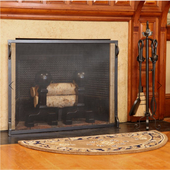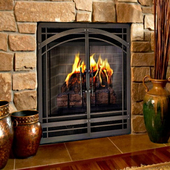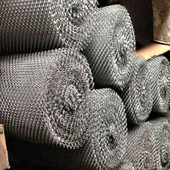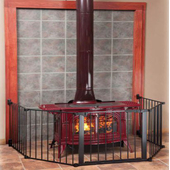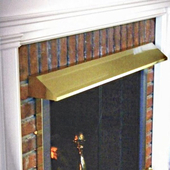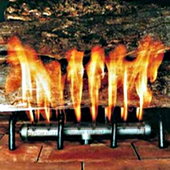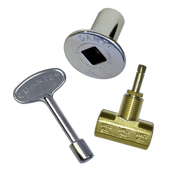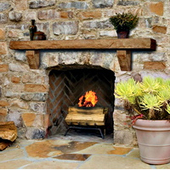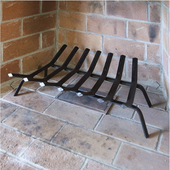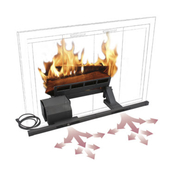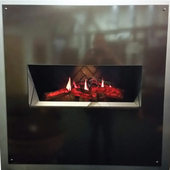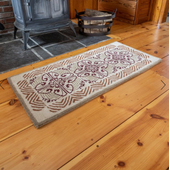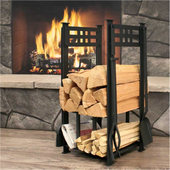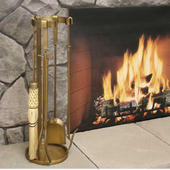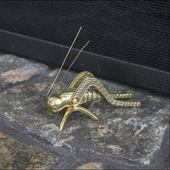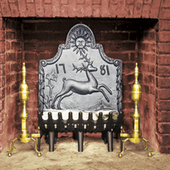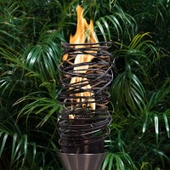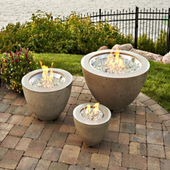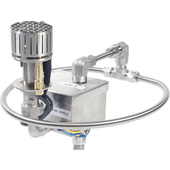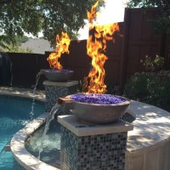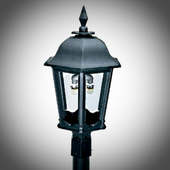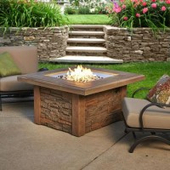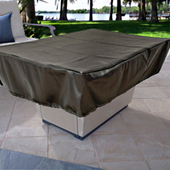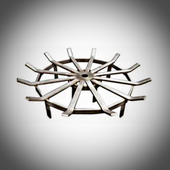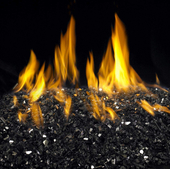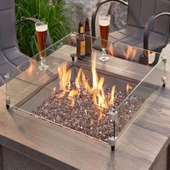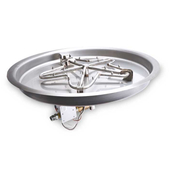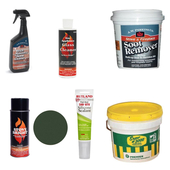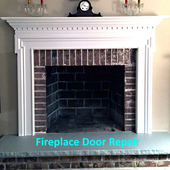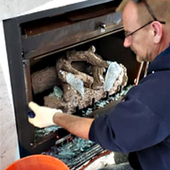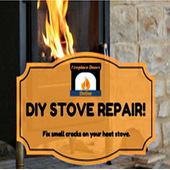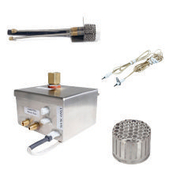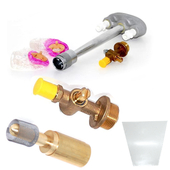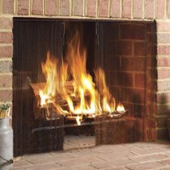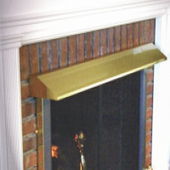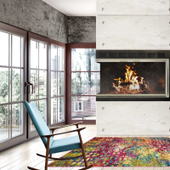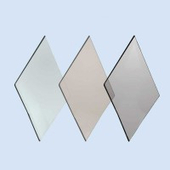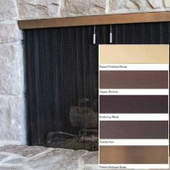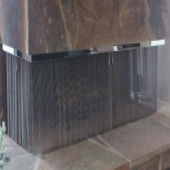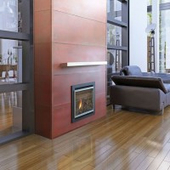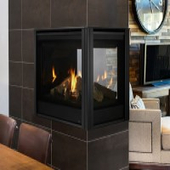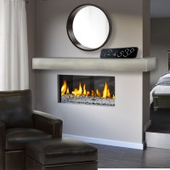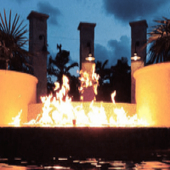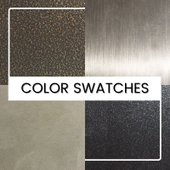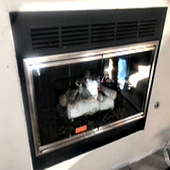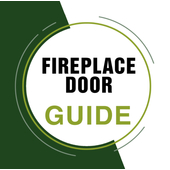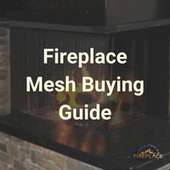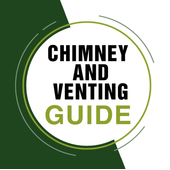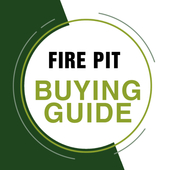Refine search
Soot Removers
Avoid potential fires with our effective chimney cleaning products! Formation of soot and creosote is inevitable with the use of a fireplace. Regular cleaning of your flue is the best way to prevent hazards.
Reduce soot to harmless ash with our stove and fireplace soot remover! Non-toxic and environmentally safe, this cleaner won't corrode catalytic converters and is safe to use more than once a week. Our professional strength dry creosote remover is perfect for wood or coal-burning stoves and inserts.
Cre-Away modifier powder turns creosote glaze into the brittle matter for easy removal! This neutralizing agent is armed with a combustion inhibitor to reduce the risk of chimney flares and fires.
Finally, our Chimfex fire suppressant is a fire extinguishing stick that puts a chimney fire out within 22 seconds. We hope you never need to use this product, but highly recommend having one or two nearby for worst-case scenarios.
Protect your home with these must-have safety cleaning products!
FAQs
What is the difference between soot and creosote?
- Soot is unburned carbon particles from a fire. It is a brown or black powdery residue that settles on the surfaces inside your firebox and chimney. Initially, it can be brushed or wiped away, but if allowed to accumulate, the layered deposits will become harder to remove. Soot can reduce airflow in your chimney by up to 30%, and can cause smoke to enter your home and even lead to health problems.
- Creosote is much thicker than soot. It is a tar-like residue that develops from the burn process and is made up of wood or coal particles, gases, carbons, and other debris that stick to the surfaces in your chimney as they cool. Creosote also forms in layers and is highly flammable. It can be dry and crackling, thick and flaky, or shiny and hard to the point that it resembles a black "goo". One of the leading causes of creosote buildup is restricted airflow, often caused by soot buildup.
Will a hot fire burn out creosote buildup?
- No! Creosote may catch on fire within your chimney, causing extreme damage to the flue and possibly your home. Always perform routine maintenance and clean your chimney regularly with our cleaning products to safely and effectively remove creosote and soot.
Is there anything else I can do to avoid creosote and soot buildup?
- While burning a wood or coal fire will always produce soot and creosote, there are some things you can do to make the buildup less daunting. Always burn well-seasoned hardwood (never use treated lumber or refuse) or choose a low sulfur content coal, such as anthracite. Hotter burning fuels promote complete combustion and better air circulation.
- When starting a wood fire, light quality kindling such as fatwood or a newspaper log roll under an open flue. This heats the air within the firebox and chimney and allows creosote and soot to be carried up with the hot airflow, making it less likely that they will settle in the chimney.
- Always check your damper to make sure it is operating properly and promoting good airflow.
- Use a chimney cap to prevent anything from blocking airflow. It will help keep leaves and other debris from accumulating, as well as deter birds and other wildlife from making nests or using your chimney for food storage.
- We can't stress this enough: clean your chimney and stovepipe regularly with our line of chimney cleaning products!


